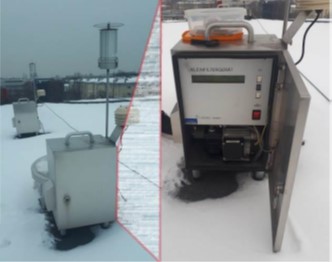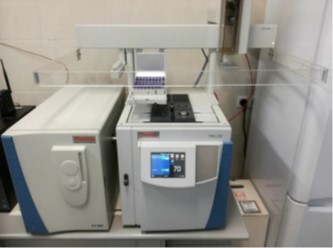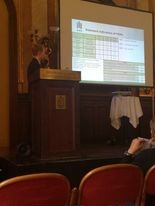Interdisciplinary Environmental Doctoral Studies "Physical, Chemical and Biophysical Foundations of Modern Technologies and Materials Engineering" (FCB) - Przemysław Furman

 Project title
Project title
Interdisciplinary Environmental Doctoral Studies "Physical, Chemical and Biophysical Foundations of Modern Technologies and Materials Engineering" (FCB) - Przemysław Furman
 Name of Beneficiary/Beneficiaries
Name of Beneficiary/Beneficiaries
Faculty of Physics and Applied Computer Science, AGH University of Science and Technology, Kraków
 Name of programme
Name of programme
Operational Program Knowledge Education Development
 Competition
Competition
Interdisciplinary Environmental Doctoral Studies "Physical, Chemical and Biophysical Foundations of Modern Technologies and Materials Engineering" (FCB)
 Project value
Project value
PLN 10,123,883.00 for 75 beneficiaries
 Funding value
Funding value
PLN 134,895.00 per doctoral student
 Project delivery period
Project delivery period
from September 1, 2017 to August 31, 2022 (extended to October 31, 2023)
Get to know our team



See the effect of our work



What problem does our project solve?
As part of the project, a model was developed and tested to assess the level of population exposure to carcinogenic aromatic hydrocarbons in the air. The exposure index is defined on the basis of the concentrations of several polycyclic aromatic hydrocarbons (PAH) compounds found in dust. The developed model based on the use of artificial neural networks allows for determining the exposure level expressed on a 2 or 3-degree scale based on observations limited to meteorological parameters, PM10 and B[a]P concentrations commonly measured in many places in Poland. The results of analyzes for samples collected in Wadowice and Kraków were used to train the model, and the obtained results of model verification are satisfactory and prompt further research.
Identification of community exposure with respect to carcinogenic PAH content is important. Current alarm systems only predict concentrations of suspended dust and Benzo[a]pyrene, excluding other polycyclic aromatic hydrocarbons, which have strong carcinogenic and mutagenic properties. The use of models based on neural network algorithms in the comprehensive assessment of exposure status and prediction of exposure levels can effectively help in making decisions to prevent the negative and dangerous effects of air pollution despite the lack of measurements of other PAHs. They can constitute the basis for daily information on air quality and early warning and alerting about situations that may pose a significant threat to human health and the environment.
Who will benefit from the project results?
The new community exposure identification system can be used by various groups and institutions. Firstly, after implementing such a system, people will be able to use the developed application to monitor air quality in their neighborhoods. Industrial companies will use the app to control emissions and adjust production to meet environmental standards. Environmental organizations can use it to collect data on pollution and take action to improve air quality. Finally, local and national authorities can use the system to develop policies and regulations to improve the environment. Thanks to the exposure identification application, all these participants will be able to make more informed decisions and act to improve air quality.